The new article Evidence from Urban Roads without Bicycle Lanes on the Impact of Bicycle Traffic on Passenger Car Travel Speeds published in Transportation Research Record, the Journal of the Transportation Research Board, demonstrates that bicycles do not significantly reduce passenger car travel speeds on low speed, low volume urban roads without bicycle lanes. Authored by Jaclyn Schaefer, Miguel Figliozzi, and Avinash Unnikrishnan of Portland State University, the research shows that differences in vehicle speeds with and without cyclists were generally on the order of 1 mph or less – negligible from a practical perspective.
A concern raised by...
Read more
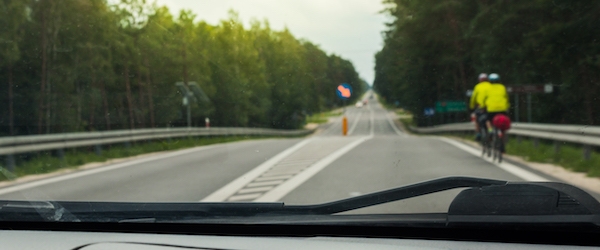
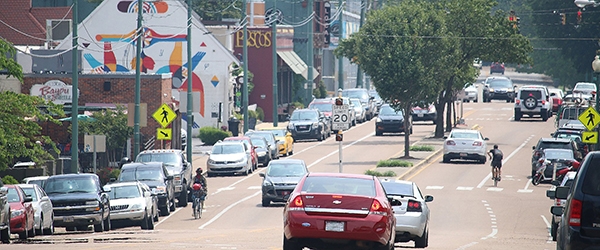
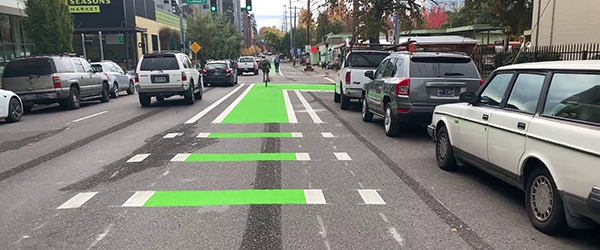
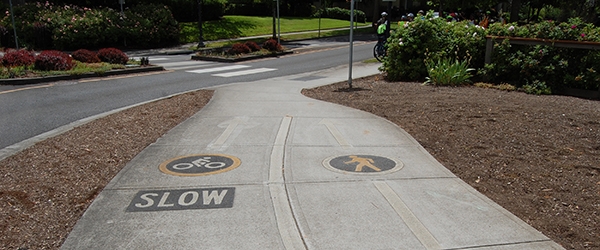
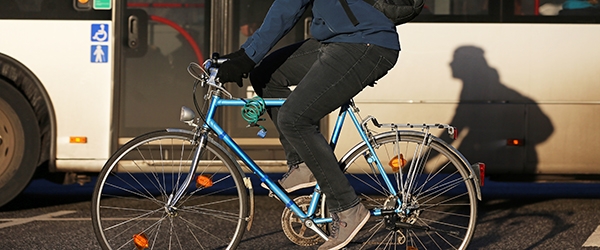
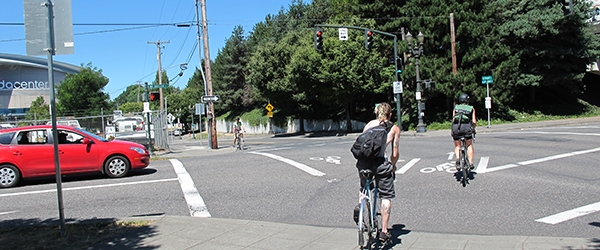
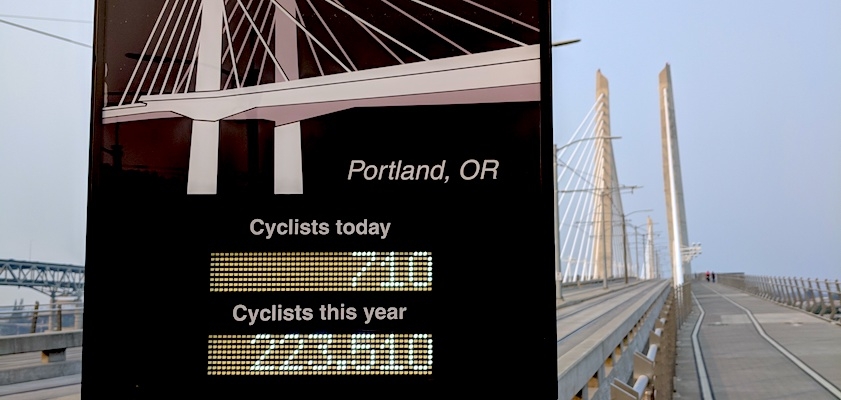
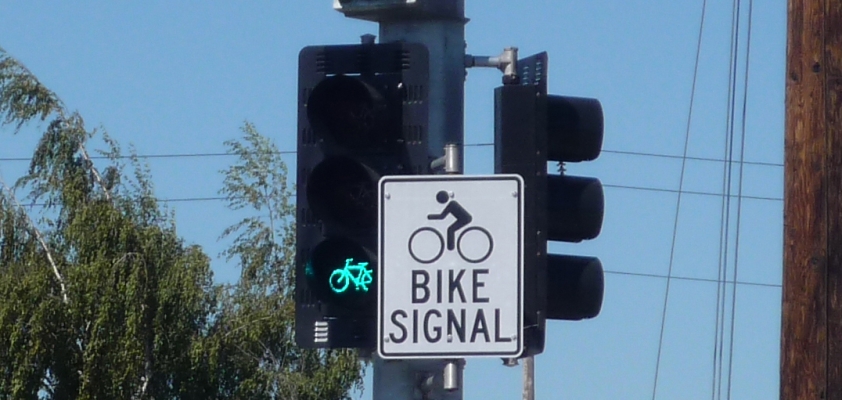
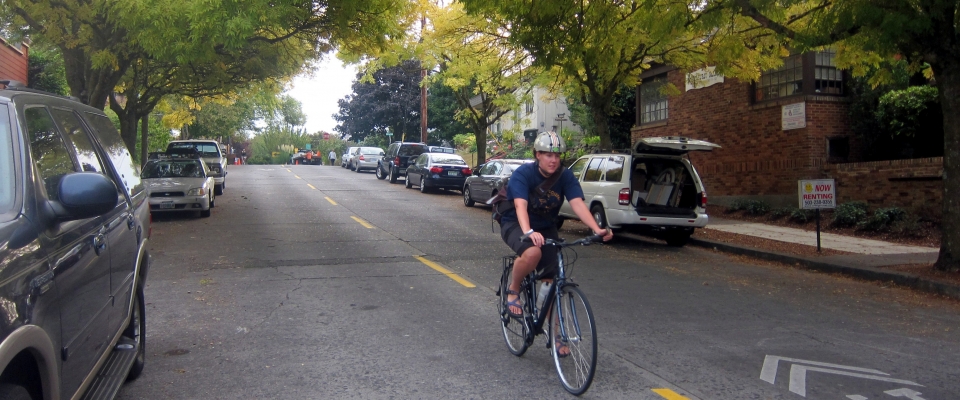
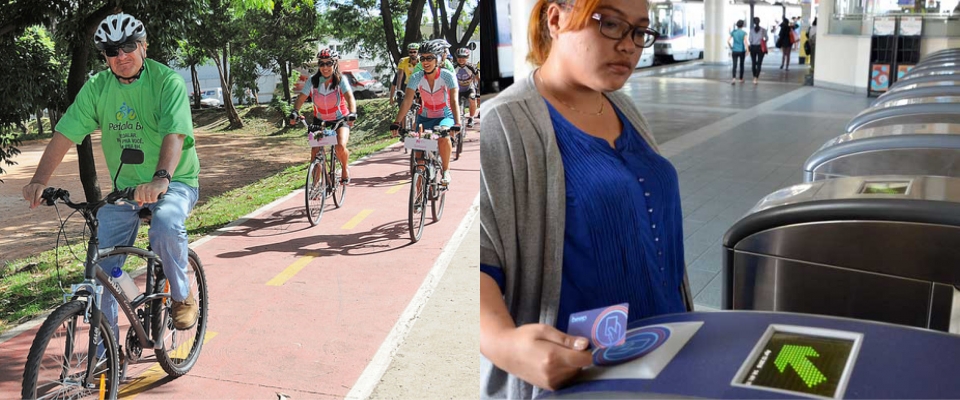
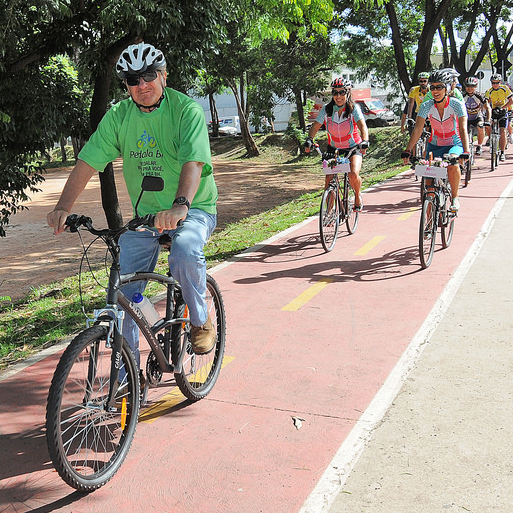 Exploring Data Fusion Techniques to Derive Bicycle Volumes on a Network
Exploring Data Fusion Techniques to Derive Bicycle Volumes on a Network